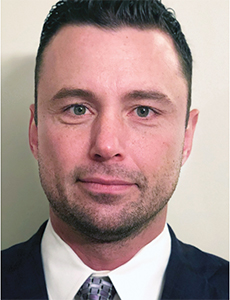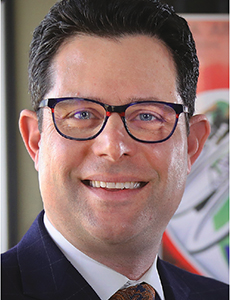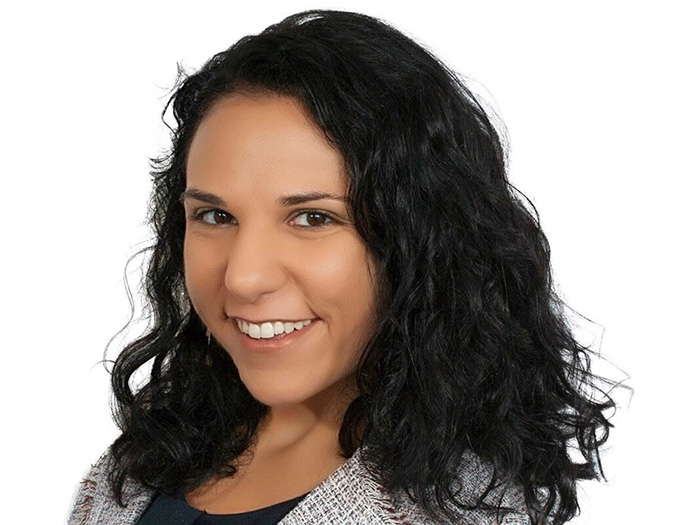Captive With a Twist: Reinsuring Surety Bonds for Greater Risk Control

Captives have traditionally been used by businesses to self-insure themselves and their risks. They offer a multitude of benefits, the key ones of which are enabling their parent companies to have better risk control and to reduce their premiums.
But lately there has been an increasing uptake in the use of captives to provide reinsurance.
Among the newest and most innovative applications for captives is reinsuring surety bonds. A surety bond is a contract between three parties — the principal (the party that needs the financial support of the bond, in this case the captive’s owner or parent company), the obligee (the party requiring that there be a bond) and the surety (the party that guarantees the principal will be able to meet its obligations to the obligee).
Surety is typically used as a guarantee for large commercial financial obligations, mainly in construction. One of the main advantages of surety bonds is that they aren’t listed as debt on a company’s balance sheet and they free up capital and credit for other uses.
Surety Bond Solution
The new concept functions with the surety company, acting as a fronting company, obtaining the indemnity of the principal, in this case the captive owner, and then issuing the bond before entering into a reinsurance agreement with the captive.
The surety then cedes a percentage of the risk and the premium back to the captive, which acts as a reinsurance layer above the surety bonds. If a claim is made, the surety company would first go to the captive to resolve it. In the event it doesn’t, the surety would pay the claim itself and then seek reimbursement from the captive.
This new risk financing method was pioneered by Jeffrey Leadley, regional commercial director at Aon, who claims to be the first to have come up with the concept on this scale. His client, a Fortune 20 national retailer, was previously using an indemnity agreement to reinsure its surety bonds but was keen to utilize its captive, which already manages most of its risks.
Leadley’s client uses its surety bonds as a financial guarantee against the reserving and loss activity of its self-insured workers’ compensation programs to meet the requirements of the 40 states that it operates in. The benefit of reinsuring the surety bonds this way is that captive owners can utilize their capital more effectively by adding a new line of business, as well as having greater risk control and reducing their premiums, he said.
“Its surety bonds were the only line of business not participating in the captive, so they wanted a solution that would remedy that,” said Leadley.
“By utilizing their captive in this way they were able to achieve a range of benefits not readily available through traditional treaty reinsurance.” — Jeffrey Leadley, regional commercial director, Aon
“By utilizing their captive in this way, they were able to achieve a range of benefits not readily available through traditional treaty reinsurance.”
But Leadley said that first he had to overcome a raft of challenges, most notably the way that surety bonds are structured and underwritten. Because surety is a form of indemnified credit rather than a risk transfer, it’s rare that a captive or fronting structure would be used to reinsure it, he said.
Added to that, Leadley said he had to find a way of integrating the captive’s reinsurance agreement provisions with the corporate indemnity required by the surety company. And the new structure needed a more rigorous level of administration to manage premium flow, ceding of risk and financial reporting requirements, he added.
As a result of successfully utilizing the captive to reinsure its entire surety bond program worth more than $750 million, Leadley said his client managed to halve its net annual premium, a saving of $1.5M. With the money it saved, he said his client was able to reallocate capital to support other activities in the captive.
“This solution has the potential for a much wider application across a range of different industries,” said Leadley.
“I’m already talking to companies in the oil and gas, entertainment and retail spaces, so the potential is huge.”
Tip of the Iceberg
But Leadley’s captive is just the tip of the iceberg, with other captives now being used as a reinsurance layer for surety bonds.
In 2017, National Surety Underwriters, a Philadelphia-based underwriting agency, raised $11.5M for the capitalization of a special purpose surety reinsurance captive, the National Fidelity Reinsurance Company (NFRC).
The funding, in part, went towards the merger of McCabe and Independent Corporate Underwriters, a managing general underwriter specializing in surety bonds.
The combined entity allows NFRC to underwrite and reinsure surety bonds of up to $2 million per bond and $4 million in aggregate, per principal, which are insured through its licensed carrier partner Clear Blue Insurance Company.
Chad Rosenberg, principal of Rosenberg & Parker, a surety broker, said that in the past, surety bond companies have been reluctant to front for captives, because they already have the indemnity from the captive owner.
But, he added, with the influx of new entrants into the surety bond market, many were looking for new opportunities and ways to differentiate themselves, of which captive reinsurance is just one.
“Captive owners, for their part, are increasingly looking for new ways to utilize their captives, put their capital to good use and reduce their premiums,” said Rosenberg.
“But it’s not for everyone — you need to have a large surety bond program to do it, worth around $100 million in bonded liability, and the captive has to be well capitalized.”
New Opportunities
Brendan Roche, senior vice president at GC Securities, said companies using captives to access reinsurance have an opportunity to broaden the scope of risks covered and increase their capacity, which may not necessarily be available in the primary market. Among the biggest growth areas, he said, were employee benefits and cyber.
“By pooling your employees’ benefits risk in one place you have a larger piece of business that is easier to place in the reinsurance market,” said Roche.
“Using a captive also helps you to better understand, manage and price your reinsurance risks accordingly.
“Another area is premium arbitrage where you place some of the risk with your lead carrier and then put the rest of it in your captive and cede it back to the reinsurance market.
“Where reliance can be placed on the lead market, the net effect is that you could save premium by using the captive in this way,” said Roche.
Jim Swanke, senior director at Willis Towers Watson, said there has been a shift in the way captives have been designed in the last 30 years The shift is a move away from buying excess reinsurance for the captive in the retail market, towards using it to secure reinsurance for higher severity risks.
In addition, he has seen an increasing use of integrated risk programs for multiple years and lines of business, and in order to achieve this, captives have been used to access the reinsurance market.
“We have seen a transition from setting up captives on a net line basis to a gross line model as captive owners have become more comfortable with using captives as a platform to secure reinsurance for more catastrophic losses,” said Swanke.
“The use of reinsurance has also been perpetuated by this move towards integrated risk programs within captives.”
David Provost, deputy commissioner for the State of Vermont’s captive insurance division, said captives will always have the need to reinsure certain lines of business they can’t insure directly. These include workers’ compensation and consumer lines, he said.
“Certain lines such as workers’ comp can’t be written directly by the captive — the captive must either reinsure through an admitted carrier or an approved self-insurer,” said Provost.
“Captives are also barred from writing consumer lines such as warranties or cell phones; reinsuring a front for such lines can be a profit center for the parent,” Provost said. &












